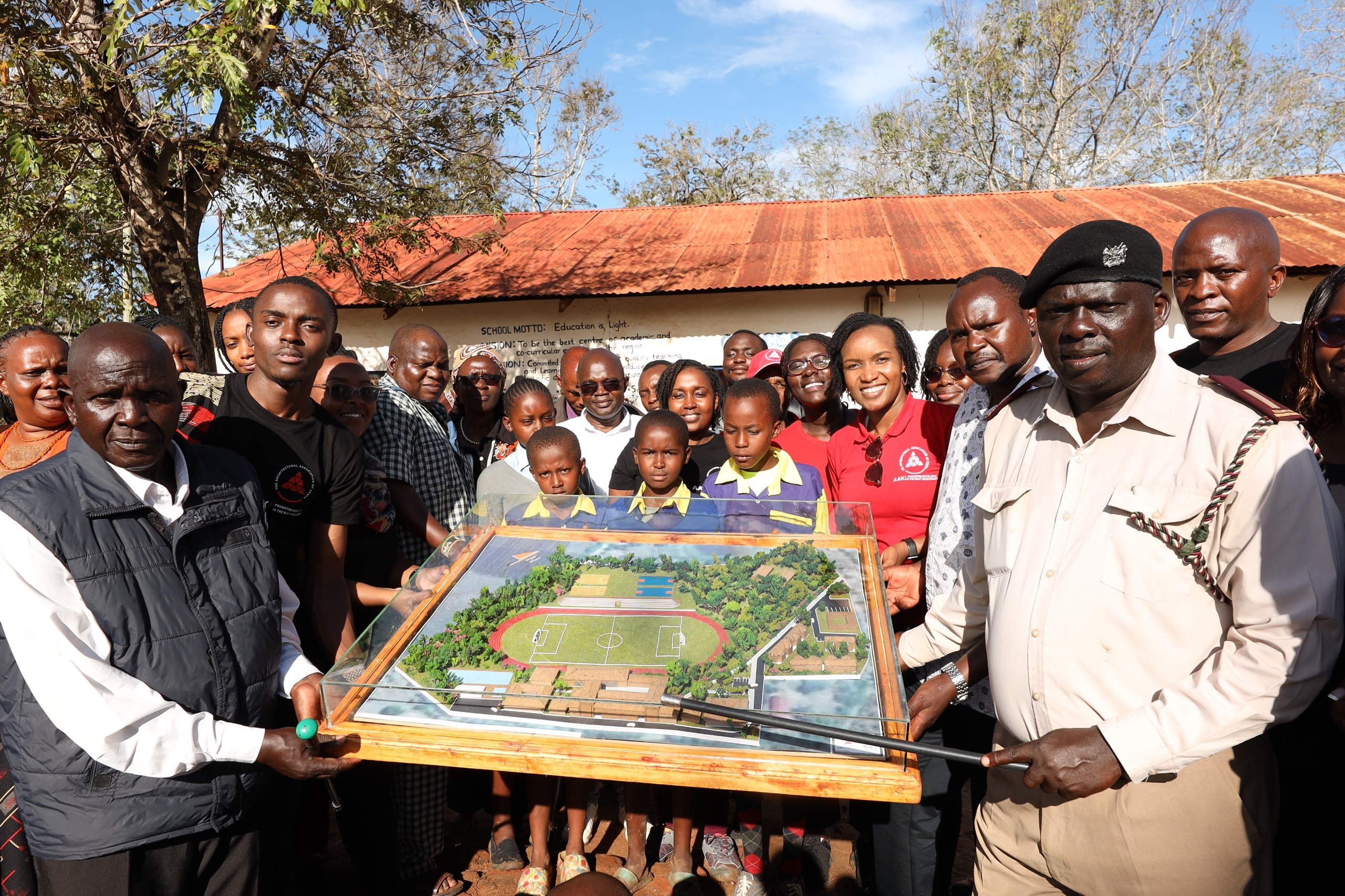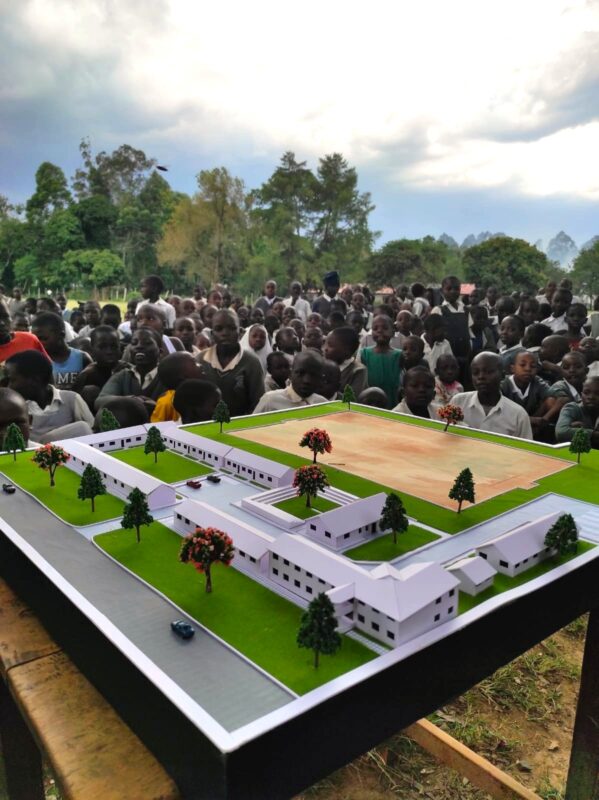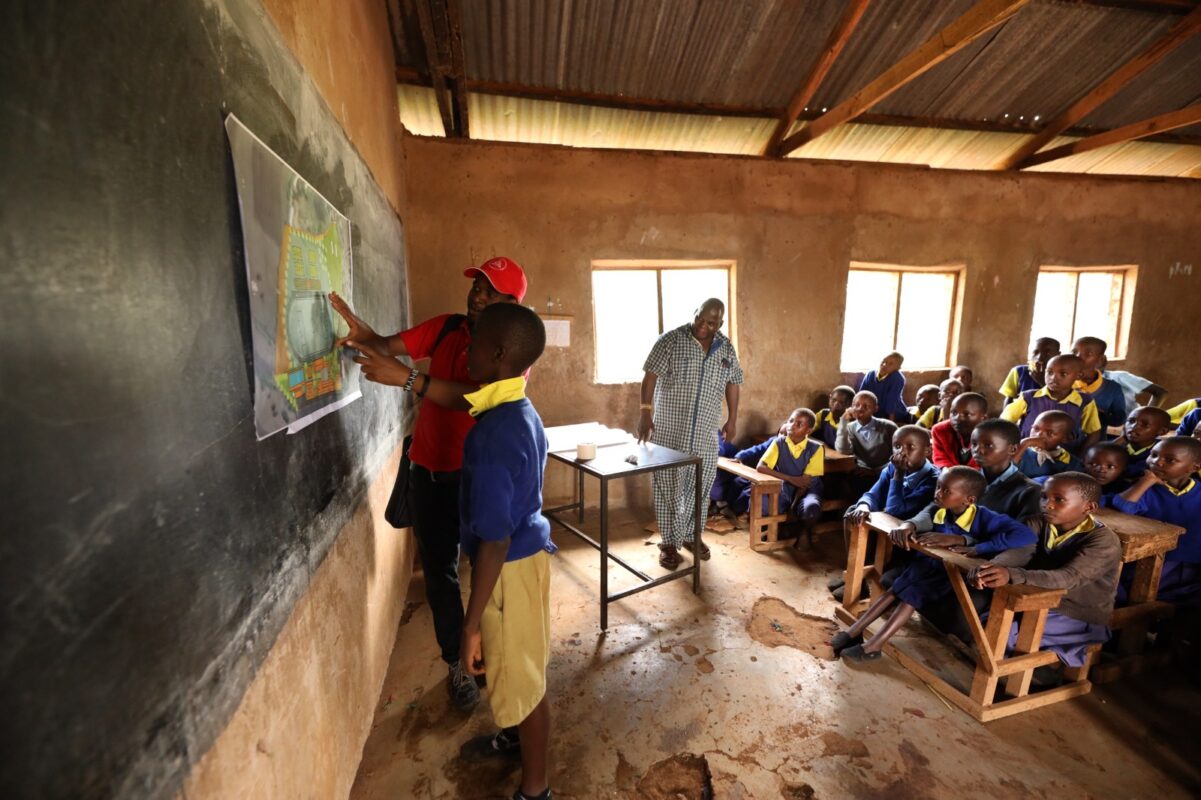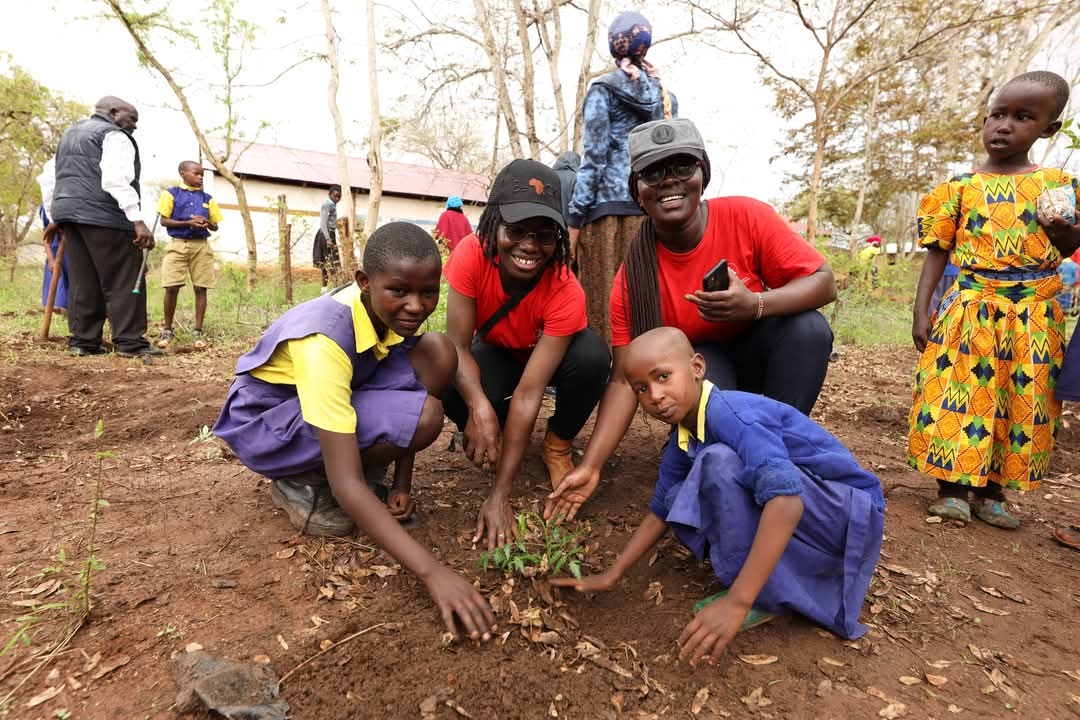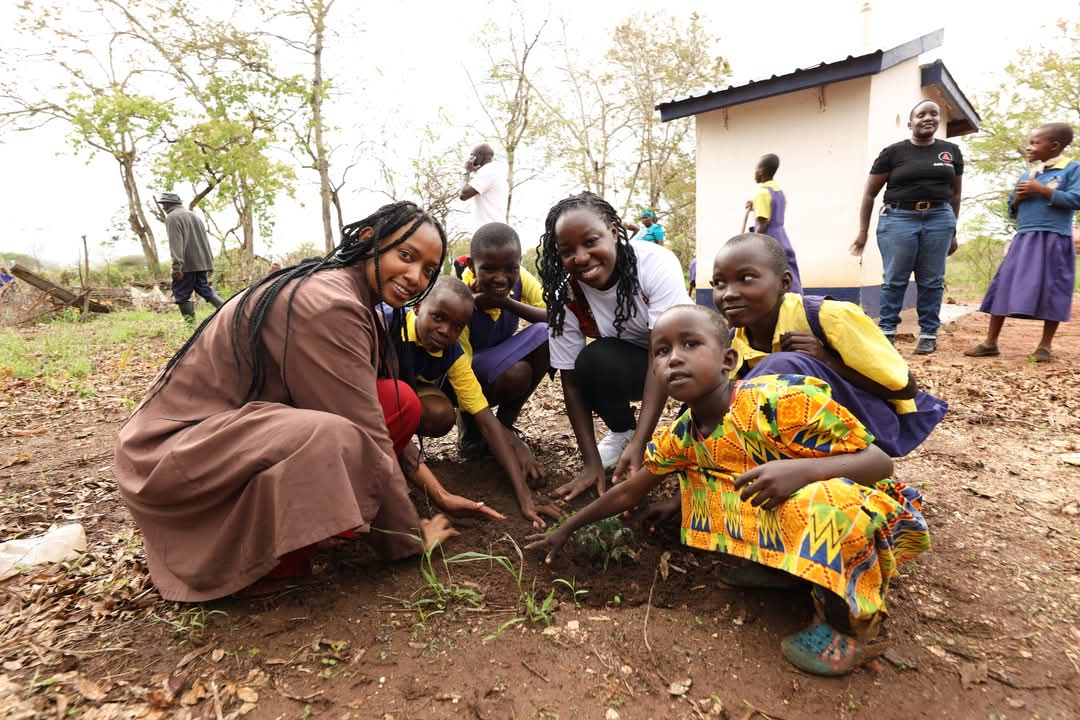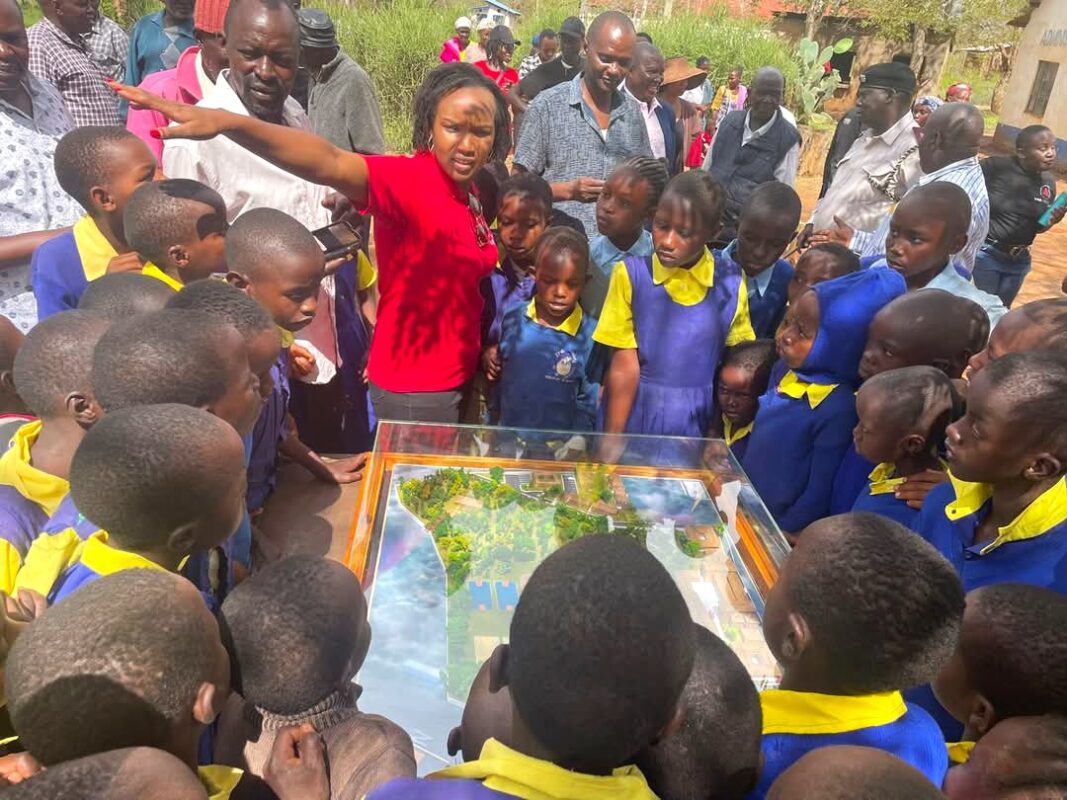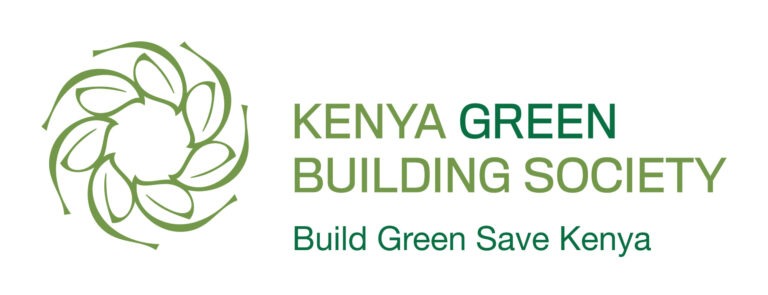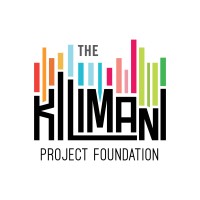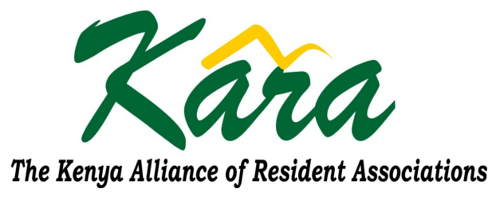
GROW A CLASSROOM PROJECT
Many public schools in Kenya face numerous challenges, including dilapidated classrooms, poor ventilation, compromised infrastructure, and vulnerability to land encroachment. Additionally, many of these schools have large tracts of bare land that are poorly landscaped, further reducing their potential to provide a conducive learning environment. These adverse conditions have led to a decline in admissions in many public schools across the country.
AAK launched the Grow-A-Classroom project to enhance learning environments in public schools nationwide. This project focuses on three main activities:
- Developing New Master Plans for the Schools: These plans showcase the planned layout and future expansion of the schools, ensuring well-organized and sustainable growth.
- Appropriate Landscape Planning: This includes planting a variety of tree species, such as timber, ornamental, and fruit trees, to improve outdoor learning experiences and the overall school environment.
- Creating a Sustainable Source of Timber: By planting and nurturing timber trees, the project ensures a renewable source of construction materials to build and improve classrooms, contributing to long-term infrastructure development.
This model can be replicated in the 35,000 primary and 20,000 secondary schools across Kenya’s 47 counties. The project aims to achieve several significant impacts:
- Enhanced Learning Environments: Proper landscaping and the use of mature timber from the trees to build classrooms and furniture create a sustainable source of materials, improving the quality of education. Schools can base their short-term and long-term development projects on the master plans to ensure that they develop sustainably.
- Environmental Stewardship: The project promotes a holistic approach to education and environmental care by fostering a culture of tree planting and nurturing in schools. This initiative contributes to increasing Kenya’s tree cover, which currently stands at 12%.
- Climate Mitigation: Increasing tree cover within schools helps absorb more carbon from the atmosphere. The resulting carbon credits can be traded on the global carbon market, providing an additional revenue stream for the schools.
Our goal is to landscape approximately 300,000 acres of land across 55,000 schools over the next 10 years. This ambitious project focuses on building partnerships with local businesses and organizations to undertake the activities to expand this initiative across the country.

